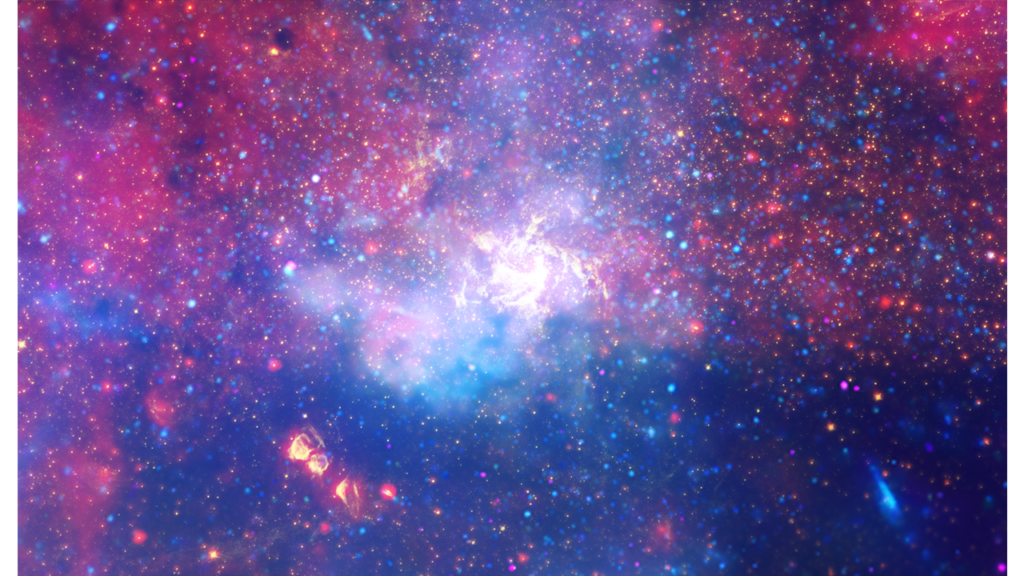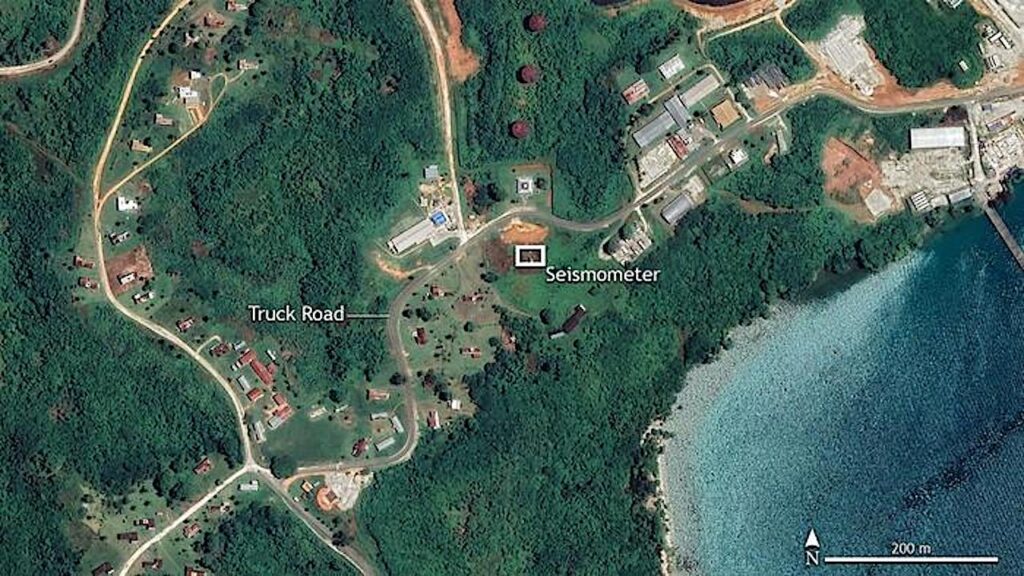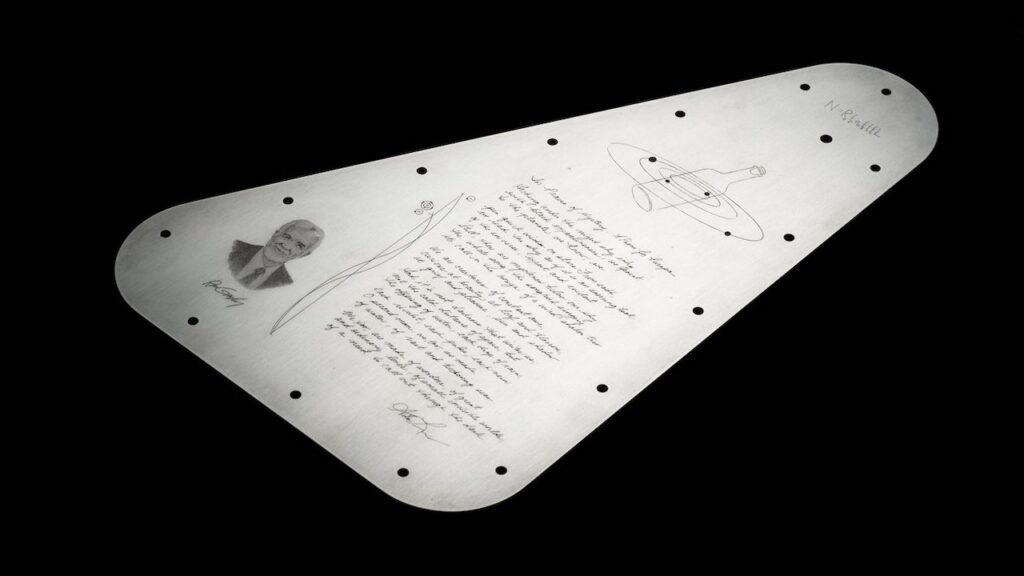Could The "Wow" Signal Have Originated From A Stochastic Repeating Beacon?

The famous “Wow” signal detected in 1977 remains arguably the most compelling SETI signal ever found. The original Big Ear data requires that the signal turned on/off over the span of ~3 minutes (time difference between the dual antennae), yet persisted for 72 seconds (duration of a single beam sweep).
Combined with the substantial and negative follow-up efforts, these observations limit the allowed range of signal repeat schedules, to the extent that one might question the credibility of the signal itself. Previous work has largely excluded the hypothesis of a strictly periodic repeating source, for periods shorter than 40 hours. However, a non-periodic, stochastic repeater remains largely unexplored.
Here, we employ a likelihood emulator using the Big Ear observing logs to infer the probable signal properties under this hypothesis. We find that the maximum a-posteriori solution has a likelihood of 32.3%, highly compatible with the Big Ear data, with a broad 2 σ credible interval of signal duration 72 secs < T < 77 mins and mean repeat rate 0.043 1/days < λ < 59.8 1/days. We extend our analysis to include 192 hours of subsequent observations from META, Hobart and ATA, which drops the peak likelihood to 1.78%, and thus in tension with the available data at the 2.4 σ level. Accordingly, the Wow signal cannot be excluded as a stochastic repeater with available data, and we estimate that 62 days of accumulated additional observations would be necessary to surpass 3 σ confidence.
David Kipping, Robert Gray
Comments: Re-submitted to MNRAS after first review
Subjects: Instrumentation and Methods for Astrophysics (astro-ph.IM); Popular Physics (physics.pop-ph)
Cite as: arXiv:2206.08374 [astro-ph.IM] (or arXiv:2206.08374v1 [astro-ph.IM] for this version)
https://doi.org/10.48550/arXiv.2206.08374
Focus to learn more
Submission history
From: David Kipping
[v1] Thu, 16 Jun 2022 16:55:45 UTC (2,816 KB)
https://arxiv.org/abs/2206.08374
Astrobiology, SETI








